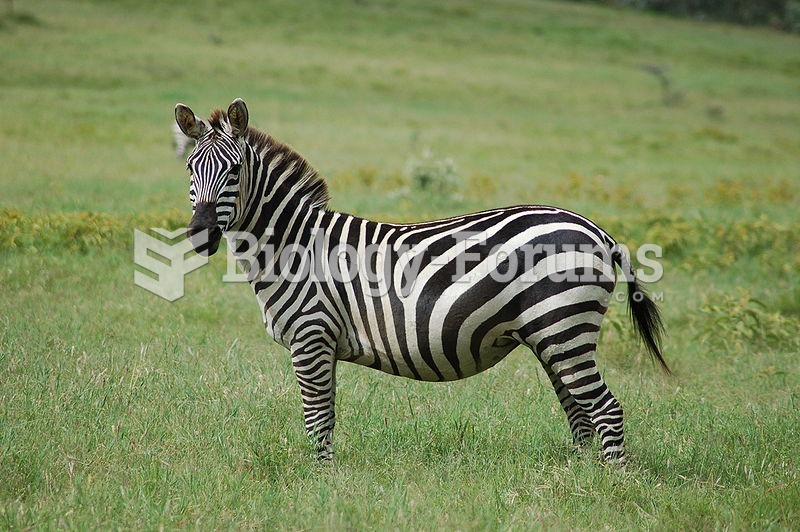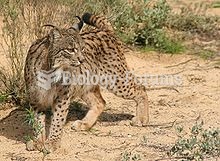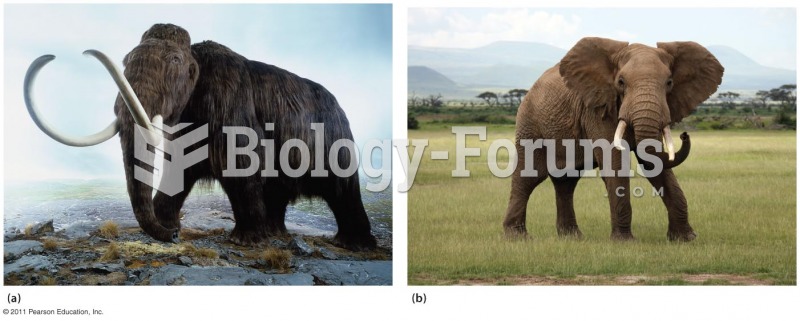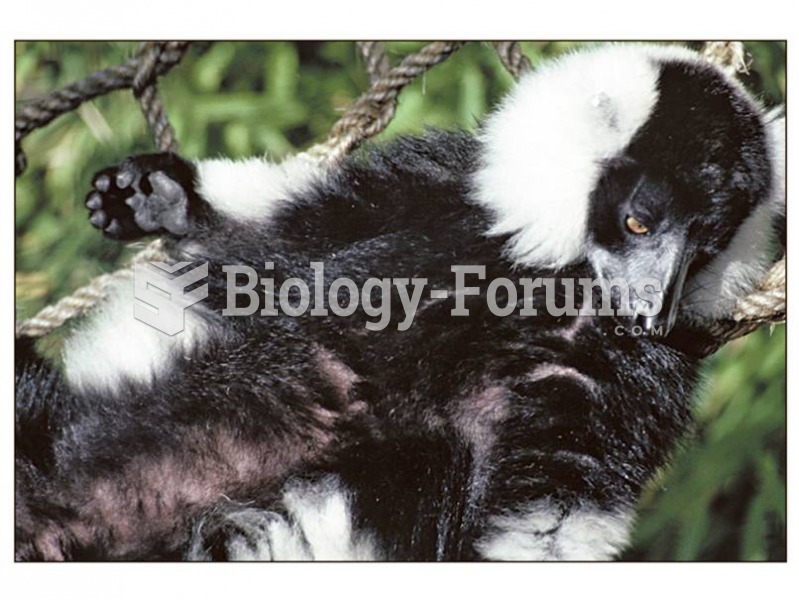Answer to Question 1 Passenger pigeonBecause of the bird's large numbers, they were considered a pest. They were also considered
a cheap source of meat. Loss of habitat was also a factor.
Carolina parakeetPeople collected the brightly colored feathers.
Heath henThis animal was used as food supply. A few surviving birds were placed in a sanctuary, but a fire
swept through the area and killed all but a few males.
Labrador duckThe feathers were used to stuff pillows.
Bighorn sheepThe main causes of endangerment are from overhunting and disease.
Polar bearFur collectors, using high technology to trap and kill the animal, are leading it to its decline. Loss
of habitat is also a problem.
Key deerTrophy seekers over hunted the deer, causing its numbers to decline.
WolfThe belief that wolves are dangerous has caused people to overkill wolf packs.
Mountain lionFur hunters using dogs caused the lion to become endangered.
Whooping craneThe crane is an easy target for hunters.
Bald eaglePeople believed that the eagle fed on salmon, so a bounty was placed on the bird. (As an interesting
note, by the time environmentalists succeeded in getting DDT banned, bald eagle populations were increasing
rapidly because the bounty had been repealed and killing bald eagles had been outlawed in the United States.)
Ivory-billed woodpeckerBird collectors wanted stuffed samples of the largest woodpecker in North America.
It may be extinct, but there have been reported sightings.
Prairie chickenDroughts, increased hunting, and human populations have caused the decline of the prairie chicken.
Answer to Question 2The trapping of animals for the sale of their furs can lead to extinction when the number of animals taken exceeds
the capacity of the total population to reproduce. The animals are unable to maintain their numbers, and extinction
can follow.







